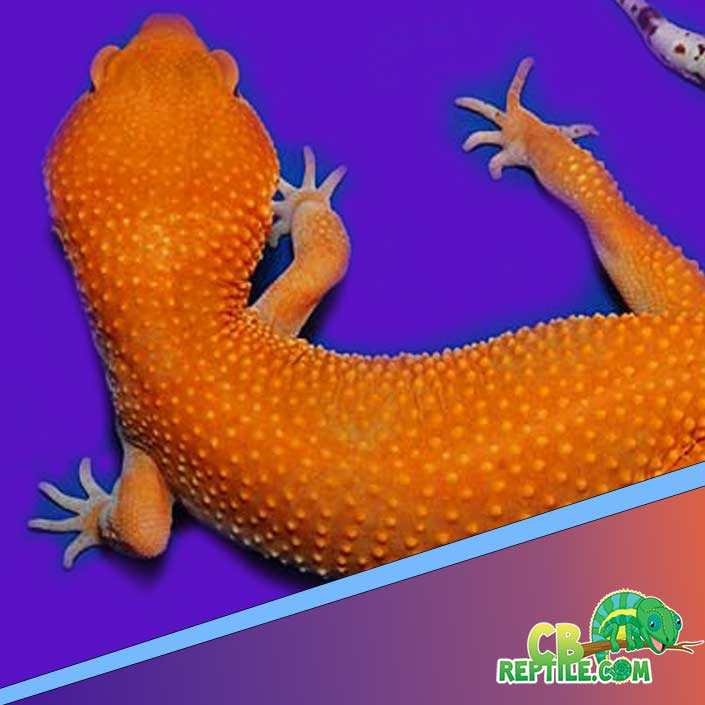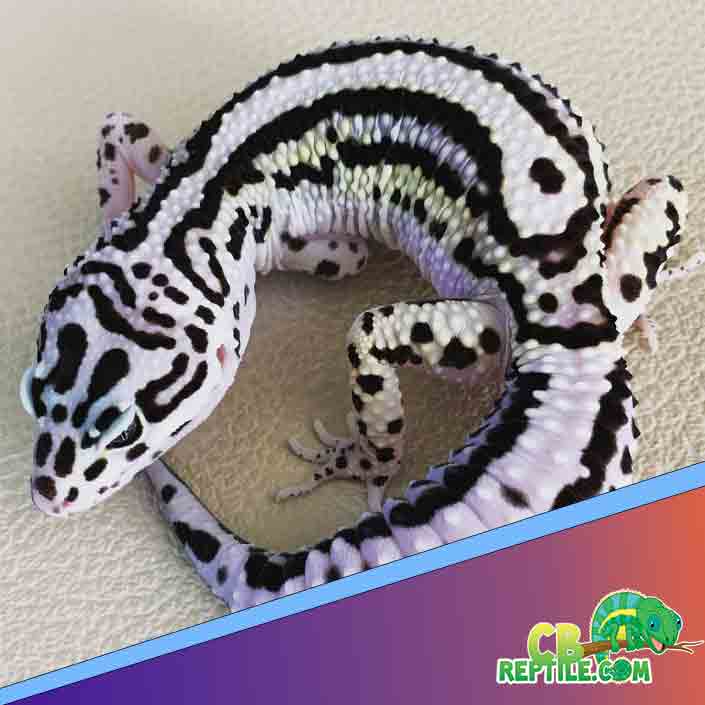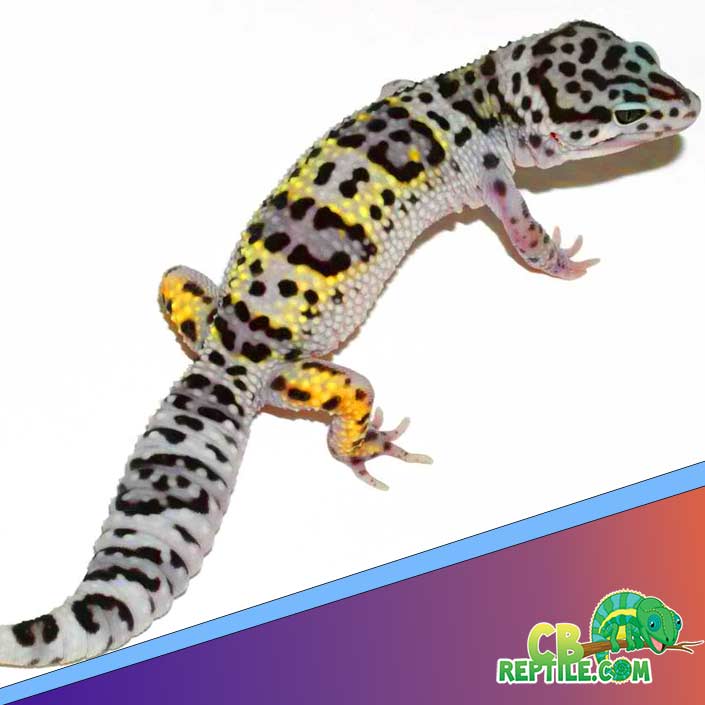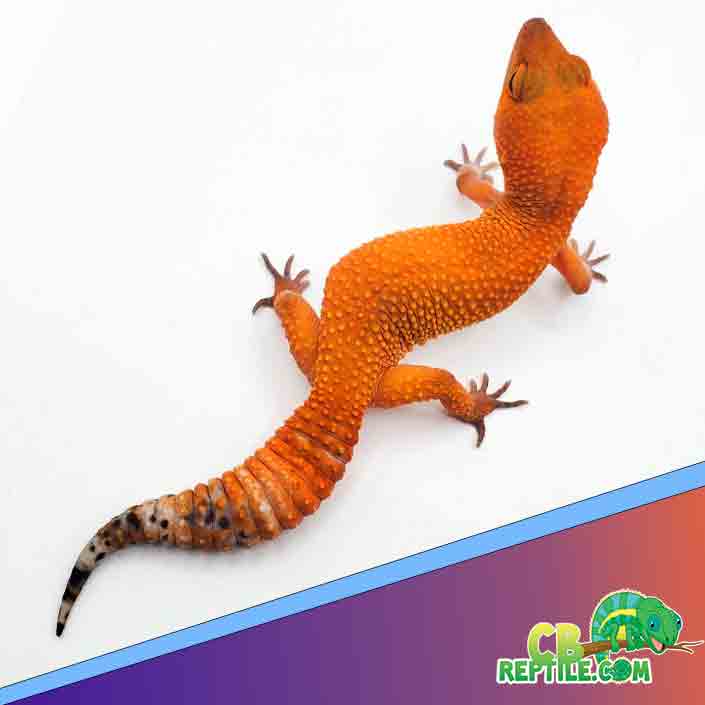Setting Up the Perfect Leopard Gecko Habitat (Step‑by‑Step)


- Warm hide and gentle overhead heat create a happy basking zone.
- Natural décor adds enrichment and helps with confident exploring.
- Moist hide with clean moss supports smooth, stress‑free sheds.
- Fresh water daily: a tiny step with big wellness benefits.
1) Enclosure Size & Layout
Start with at least a 20‑gallon long enclosure for one adult leopard gecko (wider floor space beats height). Larger is always welcome—especially if you love building a naturalistic scape. Keep the layout simple and calm: a warm side, a cool side, and clutter‑free paths between hides, water, and feeding dishes.
- Warm side: Home to your heat source and a snug warm hide.
- Cool side: A second hide plus the water dish and thermometer/hygrometer.
- Moist hide: Place near the middle; essential for smooth sheds.
2) Safe Substrate Choices

Pick substrates that are easy to clean and gentle on tiny toes. Paper towels, reptile carpet, stone or slate tiles, or packed soil/clay mixes designed for arid reptiles all work well. Avoid loose, dusty, or calcium sand products for juveniles; they can be messy and aren’t beginner‑friendly. If you love bioactive setups, use well‑researched, compacted mixes with leaf litter and plenty of hardscape to prevent ingestion.
3) Heating, Temps & Thermostats
Leopard geckos are ectotherms, so a warm gradient is non‑negotiable. Provide a warm hide around 88–92°F (31–33°C) and a cool side around 72–78°F (22–26°C). Use a heat mat under the warm hide or a gentle overhead heat source. Whichever you choose, plug it into a quality thermostat and verify temperatures with a digital probe thermometer. Night drops to the low‑70s are fine.
- Do: Place the thermostat probe where your gecko actually rests inside the warm hide.
- Avoid: Hot spots over 95°F (35°C)—they can cause burns and stress.
4) Lighting & Day–Night Rhythm
Leopard geckos are crepuscular and don’t require intense daytime lighting. Many keepers run a soft daytime bulb (or rely on ambient room light) for 10–12 hours to set a natural rhythm. Low‑output UVB is optional but can be beneficial when used thoughtfully—mount the fixture above a screen top and provide shaded retreats so your gecko can choose its comfort level.
5) Humidity & the All‑Important Moist Hide
Target ambient humidity around 30–40%, with a distinct moist hide maintained at a higher humidity using damp (not wet!) sphagnum moss. Refresh moss regularly to keep it clean and springy. During shed, a lightly misted terrarium wall or the inside of the moist hide can help; just avoid making the entire enclosure damp.
6) Hides, Décor & Enrichment

At minimum, provide three hides: warm, cool, and moist. Round out the habitat with rock ledges, tunnels, branches, and secure décor that won’t tip. Textured backgrounds and stacked slate give your gecko footholds to climb and explore. Keep line‑of‑sight breaks so shy geckos feel safe while surveying their little kingdom.
7) Water, Diet & Dusting
Offer fresh water daily in a shallow, sturdy dish. Feed 3–4 times per week (juveniles more frequently) using a rotation of gut‑loaded insects like crickets, dubia roaches, mealworms, and occasional treats such as black soldier fly larvae. Dust with calcium at most feedings and add a multivitamin per schedule (commonly 1–2× weekly). Remove uneaten insects at night so they don’t pester your gecko.
8) Cleaning & Simple Biosecurity
Spot‑clean daily: remove droppings and shed bits, wipe up spills, and refresh the moist hide. Do a deeper clean every 2–4 weeks: replace disposable substrate or rinse and dry tile; wash décor; and disinfect the enclosure with a reptile‑safe cleaner before re‑assembling. Always wash hands before and after handling your gecko or habitat items.
9) Common Mistakes to Skip
- Overly hot basking zones or unregulated heat sources without thermostats.
- Constant high humidity across the enclosure (moist hide is the targeted solution!).
- Cluttered floor plans that block access to hides, water, or feeding dishes.
- Leaving live insects in the habitat overnight.
10) Quick Setup Checklist
- 20‑gallon long (or larger) enclosure with secure mesh lid
- Warm hide (88–92°F), cool hide (72–78°F), and a moist hide with fresh moss
- Thermostat + digital probe thermometer; optional low‑output UVB
- Safe substrate (paper, tile, or well‑packed arid mix)
- Shallow water dish; sturdy feeding dish for worms
- Rock ledges, branches, and décor arranged to prevent tipping
- Calcium + multivitamin and a plan for gut‑loading feeders
Putting It All Together (Warm, Cozy & Confident!)
Once the essentials are in place, plug in your thermostat, set your temperatures, and let the enclosure run for 24 hours to stabilize. Confirm readings on both sides with your probe thermometer. When everything looks perfect, it’s move‑in day! Offer your gecko quiet time to explore, then introduce feeding with a couple of dusted insects. Keep the energy gentle, celebrate each little milestone, and enjoy the calm, cozy rhythm of gecko life.
As you get to know your gecko’s personality, feel free to rearrange décor, add new ledges, or refresh the background to keep things interesting. With a peaceful gradient, reliable hides, and a tidy routine, your leopard gecko will be bright‑eyed, curious, and ready to greet you each evening. Happy herping!

